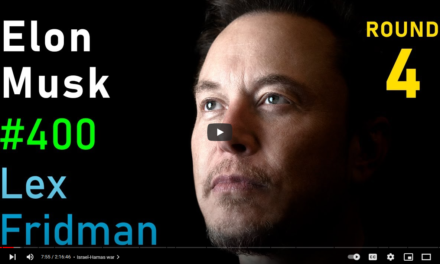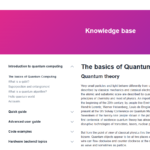In a thought-provoking segment of a recent discourse, The Canadian Prepper delves into the intricate and sobering world of nuclear geopolitics. The discussion spans a range of topics, from cutting-edge weaponry and potential nuclear conflicts to the complexities of preparation and the delicate balance of power. This blog post explores the key points raised by the speaker, shedding light on the current volatile state of global affairs.
Russia’s Avangard Hypersonic Glide Vehicle: A Game Changer
The Canadian Prepper sets the stage by examining Russia’s newest addition to its formidable arsenal: the Avangard Hypersonic Glide Vehicle, also known as the Mach 27. This cutting-edge weapon has sparked global concern, as it has the potential to revolutionize the dynamics of a nuclear war. He highlights the implications of this new technology and its role in the evolving nuclear landscape.
North Korea, Sanctions, and Leadership
Turning attention to North Korea, the speaker notes the increasing sanctions imposed on the nation. North Korea’s isolation and the leadership’s limited ability to understand cultural signals make the country particularly vulnerable. This vulnerability poses a serious concern in the realm of nuclear diplomacy, as missteps in communication can have far-reaching consequences.
Switzerland’s Preemptive Measures
The Canadian Prepper points out Switzerland’s proactive approach to nuclear preparedness. The country’s decision to distribute potassium iodide pills to its population, in anticipation of a nuclear power plant meltdown or a nuclear war, reflects the gravity of the current global situation. Switzerland’s stockpiling of gold and chocolate, often seen as symbols of stability and comfort, underscores the need for comprehensive readiness in uncertain times.
The Paradox of Nuclear War
The narrator skillfully articulates the paradox of nuclear war: the risk of initiating a conflict versus the risk of not initiating it. The probability of success and survival increases when someone else initiates the conflict. This leads to a sobering discussion about the need for readiness and the potential for a nuclear arms race, especially when the public remains largely unaware of the power at play.
Russia’s Military Buildup and the Black Sea
The Canadian Prepper highlights Russia’s mass production of S400 and S300 missiles, along with its attempts to control the Black Sea. This move has significant implications for the region, as it challenges the existing balance of power and raises questions about the entry point for a potential nuclear attack. The importance of clear justifications for military prepositioning is emphasized.
Israel’s Ongoing Tensions and Potential Nuclear Conflict
The discussion takes a turn towards the Middle East as he addresses potential events leading to a nuclear conflict involving Israel and its adversaries. The tension between Russia and Israel, coupled with cyberattacks on Israel by a Russian group named “Kil net,” heightens concerns about the destabilizing influence of outside forces. Israel’s efforts to contain Hamas, including the potential of a total blockade, raise questions about the humanitarian and political consequences.
The Samson Option and the Involvement of the United States
The Canadian Prepper delves into the concept of the “Samson Option,” Israel’s nuclear weapons capability. They emphasize the gravity of the situation and the potential catastrophic consequences of using such weapons. The involvement of the United States in the region and the specter of nuclear attacks add to the complexity and severity of the situation.
Israel’s Potential Nuclear Testing and the Threat of a Conflict with China
The Canadian Prepper introduces the possibility of Israel conducting nuclear testing to enhance its weaponry, particularly for electromagnetic pulse (EMP) effects. This decision, influenced by the shifting global landscape, underscores the growing risks of a nuclear arms race. The complexities of nuclear weapons technology and the role of scientists in making these crucial decisions are laid bare. The looming danger of a potential conflict with China, underscored by the current inflection point in global politics, adds to the sense of urgency.
Conclusion
The speaker’s comprehensive discussion paints a vivid picture of the current state of global nuclear affairs. From cutting-edge weaponry to the paradox of nuclear war and the need for readiness, the world finds itself at a critical juncture. The web of nuclear geopolitics is intricate and fraught with uncertainty, making preparedness and diplomatic efforts more crucial than ever. In these unpredictable times, the need for stability and peace should remain at the forefront of international discourse and decision-making.


















